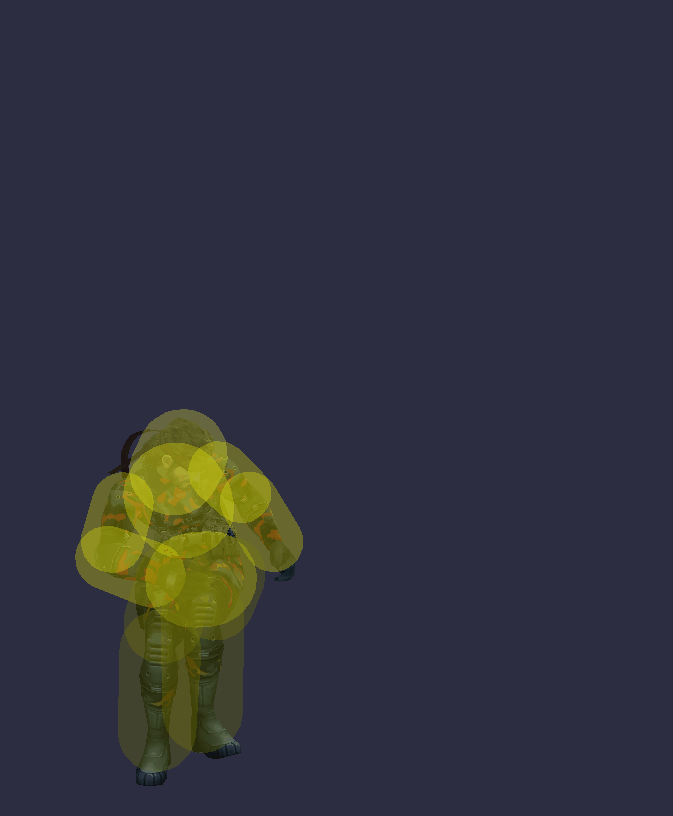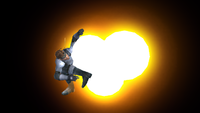Snake (SSBB)/Up tilt
Overview
Snake kicks one leg up vertically.
Properties
Hits on frames 6-13, does 13-14% or 12% when sourspotted. Has low start-up, great vertical reach, and disjointed horizontal reach with an invisible hitbox that appears before Snake's leg is even extended. It is a move with great vertical knockback, and is capable of KOing lightweights at around 100%, middleweights at around 115%, and heavyweights at around 130% with proper DI (when sweetspotted). It has higher knockback when the hit connects earlier on in the attack, though the sourspot will still reliably KO under 150%.
Notoriety
Due to its sheer damage output, speed, knockback, and range, it is considered to be the best up tilt in the game, or at least on par with King Dedede's. In any competition or situation, players fear this move when approaching Snake because it is commonly used for its raw KO power. Because the disjointed hitbox appears before Snake even extends his leg, this move has garnered Snake much criticism in the Brawl community.
Strategy
The previously mentioned properties of Snake's Up Tilt makes the move arguably Snake's best KO move, as it complements his already strong ground game and lets Snake launch even airborne opponents from a safe distance due to its massive range. The Up Tilt is a common follow-up to an accurate read of the opponent's movements after Snake's Down Throw, a devastating move that forces opponents into a tech chase. It is also an excellent finisher to Snake's combos or a mixup involving a jab cancel or the first hit of Snake's forward tilt.



